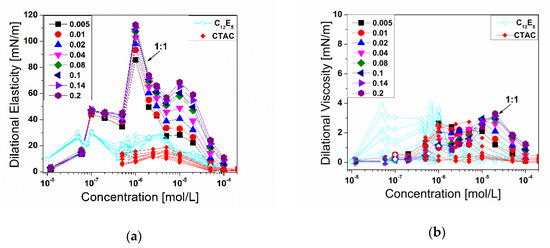
(14) ensures that the “freezing” of modes at high frequencies is accounted for. 19,27,28 The addition of the ω factor in the denominator of Eq. This supports evidence of frequency-dependence of κ observed experimentally.

Where ω is the frequency of the propagating sound and A c is dependent on the isochoric and isobaric specific heats. A careful evaluation of κ as a function of thermodynamic variables should be performed for fluids of industrial relevance, and the knowledge of the origins and behavior of κ for a variety of fluids is instructive. 14–17 The effect on the bulk viscosity here is unknown. 12,13 Further, modern engineering applications are based on nanochannel flows, where large variations in the pressure and fluid density are known to occur. 10,11 The vorticity in supersonic combustion has been shown to be modified upon inclusion of the bulk viscosity in numerical studies. 9 Additionally, κ is of particular interest in the space industry as calculations of hypersonic flight in planetary atmospheres will be strongly influenced by large bulk viscosities which lead to increased heat transfer. 5–8 Taking into account the bulk viscosity can also suppress flow separation in supersonic flows, provided the viscosity ratio, κ/ η, is sufficiently large. It is known that κ influences the propagation of shock waves, where an increased shock wave thickness is observed when κ is included.

The effect of κ on flow behavior is not widely explored in the literature. In particular, the configurational term is responsible for the enhancement of the bulk viscosity near the critical point. In all other cases studied, the dilute gas contribution is negligible and the configurational contribution dominates the overall behavior. The dilute gas contribution to the bulk viscosity is seen to be significant only in the cases when intramolecular relaxation times are in the μs range, and for low vibrational wave numbers (<1000 cm −1) This explains the abnormally high values of bulk viscosity reported for CO 2. Both atomistic and coarse-grained force fields for water, CO 2, and n-decane are considered and tested for their accuracy, and where possible, compared to experimental data. As a benchmark, the Lennard-Jones fluid is studied.

The configurational part is calculated using Green-Kubo relations for the fluctuations of the pressure tensor obtained from equilibrium microcanonical molecular dynamics simulations. The dilute gas contribution is evaluated using experimental data for the relaxation times of vibrational and rotational degrees of freedom. The bulk viscosity of molecular models of gases and liquids is determined by molecular simulations as a combination of a dilute gas contribution, arising due to the relaxation of internal degrees of freedom, and a configurational contribution, due to the presence of intermolecular interactions.


 0 kommentar(er)
0 kommentar(er)
